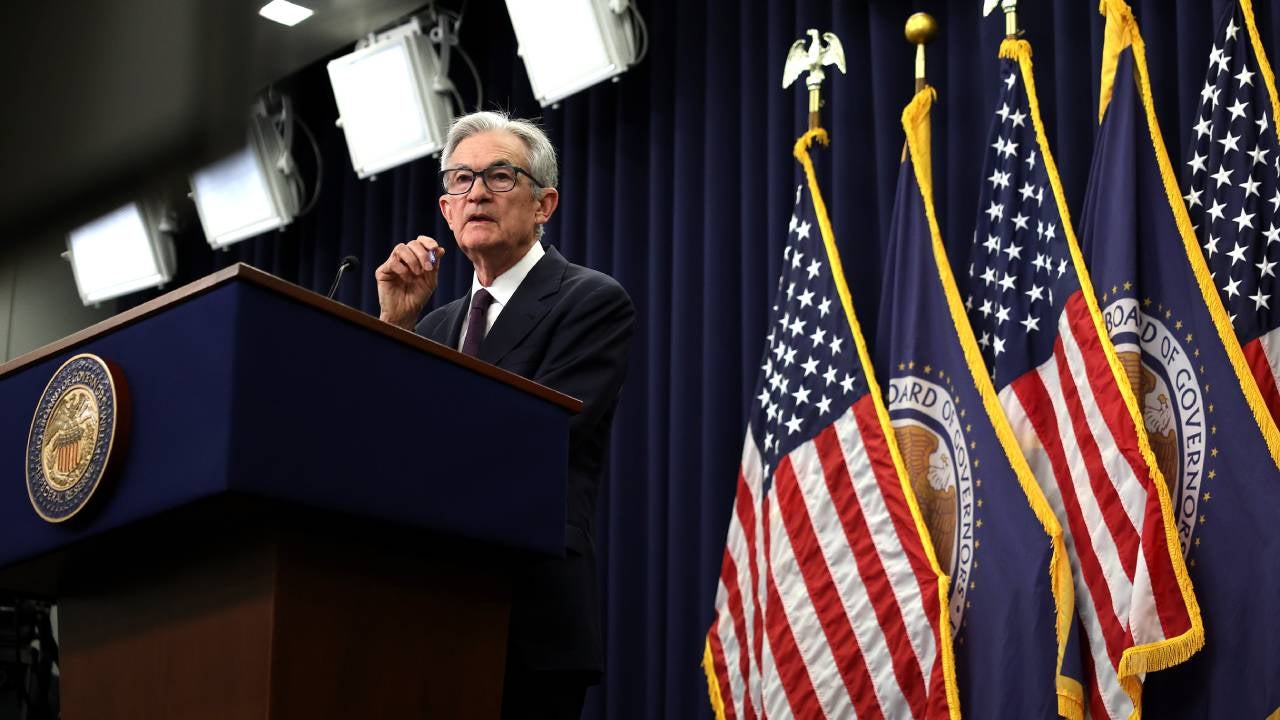Here’s what it could mean for Trump’s ongoing battle with Powell
Powell has taken much of the heat from President Donald Trump, but he’s not the only Fed official believing the U.S. central bank should leave interest rates alone. At Federal Open Market Committee (FOMC) meetings, 12 officials get a vote on interest rates. A simple majority wins. And so far, officials have unanimously voted to keep their borrowing benchmark at a level that hadn’t been previously seen for over a decade.
That could change this month. Vice Chair for Supervision Michelle Bowman and Fed Governor Christopher Waller are expected to dissent against the rest of the committee, preferring to lower interest rates as a way to shore up the labor market — which has clearly been losing steam. We know this because they’ve said in their public remarks leading up to the Fed’s July meeting that they’d favor lowering rates.
Dissents are rare. There have been 211 rate-setting meetings since the year 2000. Dissents have occurred at only a third (or 73) of them, a Bankrate analysis of St. Louis Fed data shows.
It’s even more unusual for Fed governors to dissent. Only four Fed governors have dissented since 2000, compared with 89 dissents from the regional reserve bank presidents (at 15 meetings, there have been more than one dissent). The last time two Fed officials dissented was in 1993.
Fed historians often argue that regional reserve bank presidents dissent more because they’re influenced by their unique regional economies — and also because Fed governors, who work closely with the chair, don’t want to signal a lack of confidence in the head of the FOMC.
Back in the 1980s, for example, Fed Chair Paul Volcker almost ended up resigning after four of the seven governors on the board ambushed him with a private vote to cut interest rates at a meeting that was previously not meant for discussing borrowing costs. A recent video of mine broke down this piece of central banking history and its eerie similarities to today:
But the circumstances today are still a little bit different. There’s legitimate reasons for both cutting rates and leaving them alone, experts tell me, and policymakers always tend to read the data differently during turning points. Trump, meanwhile, thinks the Fed should cut interest rates because the economy is strong — while Waller and Bowman argue that the U.S. central bank should cut borrowing costs because the financial system is weaker than it currently looks.
Yet, all of this illustrates a tricky communication challenge. The Fed’s mandate is to set interest rates independent from politics, but U.S. central bankers’ decisions are increasingly being viewed through a political lens amid Trump’s feud with Powell.
Read the full article here
















